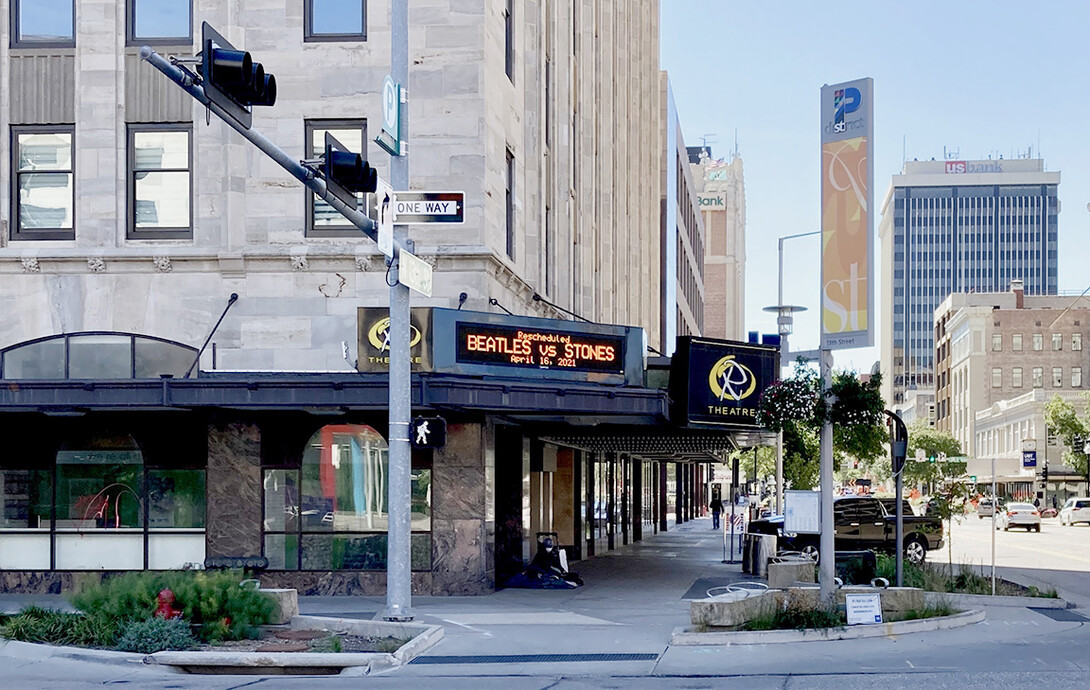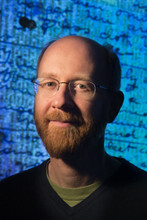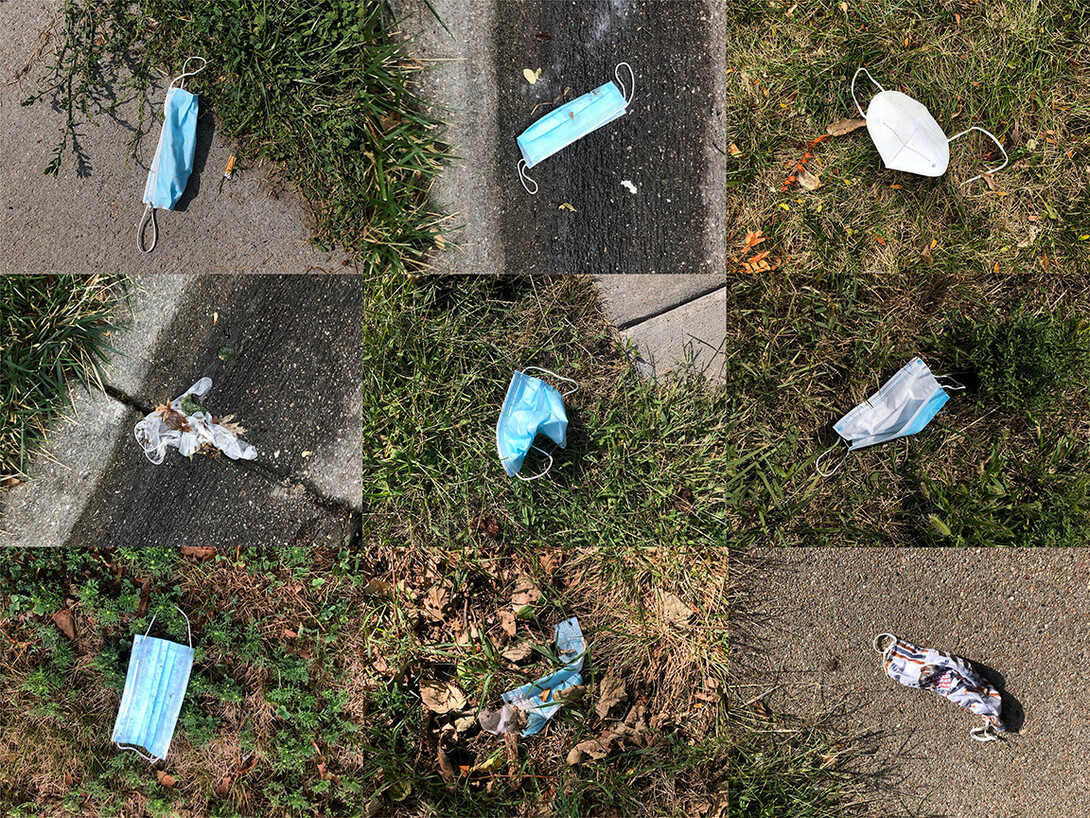
It started as a difficult task but turned into an opportunity for students to document history in the making.
Like nearly every course offered at the University of Nebraska–Lincoln, Adrian Wisnicki’s fall digital humanities class, Digital Project Development, had to be retooled for instruction during a pandemic.
But the historic moment gave him an idea. He decided to have his students reflect on and document the COVID-19 pandemic over the course of the fall 2020 semester, all while learning about a variety of digital humanities tools and methodologies.

“The students did fantastic work that really speaks to the moment of undergraduate and graduate student experiences of living and studying under a pandemic, and it’s a really unique snapshot or history capsule of this historical moment in Lincoln and the UNL community.”
The projects and associated readings taught the students skills centered in digital humanities, but also gave them an opportunity to research the history of their communities, take up documentary fieldwork and engage with their surroundings in a meaningful way.
“There’s prose, photography, visualizations, recordings, games and more, and they did work to historically contextualize it,” Wisnicki said.
William Kelly, a doctoral student in history, examined homelessness, personal responsibility and social justice under the backdrop of a destabilizing pandemic.
“As I was going through the course, I was thinking about my project not as necessarily for my peers or my colleagues in the history department, but for the average person out on the street who has questions,” Kelly said. “How is a major research university responding to a pandemic, and the mid-major city that surrounds it? I wanted my website to not only present answers to those questions, but be in an engaging and attractive format, and not intimidating. And I wanted my writing to tell a story, that life in a pandemic is not monolithic.”

Some students were grateful to be able to integrate what was a focal point of their lives into their coursework. Ella Durham, a visual communications specialist in the Hixson-Lied College of Fine and Performing Arts, said that as a non-traditional student and the parent of a teenager also doing remote learning, she appreciated the course topic and the flexibility Wisnicki wove into the course.
“This is our reality that we’re living in, and it was so great to be able to have a class that is applicable and relevant to our living moment,” Durham said. “To me, it would have been difficult to focus on another project or topic.”
Wisnicki taught the course via focused weekly modules and larger multi-week units while building out skills in historical analysis, criticism and digital humanities tools. Students worked with platforms and applications such as Flickr, Omeka, StoryMapJS and GitHub.
“I taught them how to build a digital project piece by piece, in a modular fashion, using mainly open-access tools and resources, so that each element of the project was itself a separate assignment in the course,” he said. “Then they received feedback from me and from their peers, revised, and then the revised components were added to their website, which itself expanded and went through multiple iterations over the course of the semester.”
Kelly had never worked in digital humanities before but found the course helpful in building his knowledge in a methodical way. Jessica Dussault, a programmer in the Center for Digital Research in the Humanities, and Elizabeth Lorang, associate professor and associate dean of University Libraries and fellow digital humanist, also helped students learn about some of the course’s digital humanities tools and engage in library-based research, respectively.
“I was intimidated at first, because I had some preconceived notions about what was involved with digital humanities,” Kelly said. “I thought you needed to know how to code or have a lot of knowledge about computers, and I didn’t know any of that. Because of the structure of the course, I was able to learn about different tools and see how those different tools could be used to build a project like mine.”
For Durham, a graphic and web designer, the critical-analysis readings and deep dives into existing cutting-edge digital humanities projects helped build out her knowledge of digital humanities and scholarship.
“I had the advantage of my background in web and graphic design, but I still felt like a bit of a digital humanities outsider because my academic background didn’t touch on a lot of the principles and practices of digital humanities,” Durham said. “I feel like now I have an understanding of the language of digital humanities and can figure out how these worlds intersect.”
With the students’ permission, Wisnicki is hosting the projects on his website, Pandemic on Campus: Documenting COVID at the University of Nebraska–Lincoln.
“I think the students were really inspired by the project, and that shows in their work,” he said.
As a historian, Kelly said he sees their potential value years, maybe even decades, down the road.
“It really started to hit home, toward the end of the course, that we were documenting history in real time in a different way,” he said. “What journals and diaries do for historians, as far as providing a day-to-day record down the line, these sites hopefully will do the same.”







